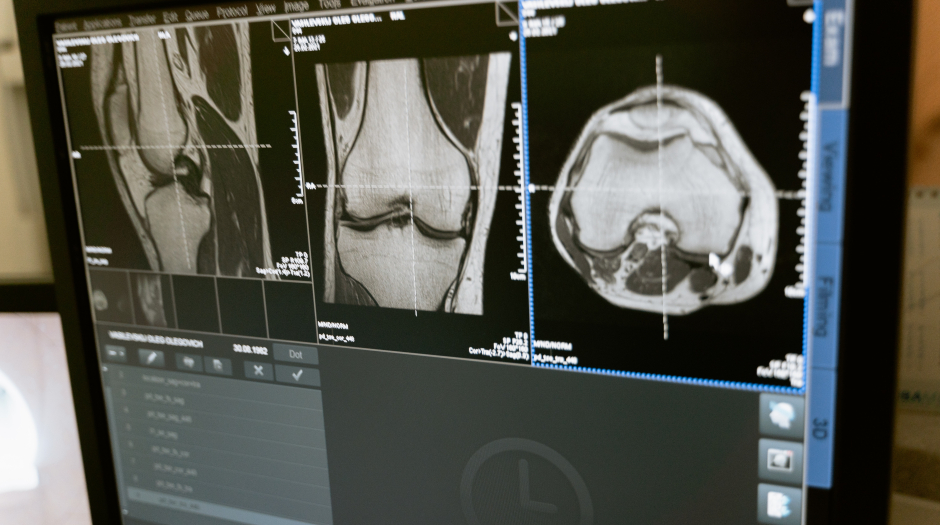Pioneered by some of the leading physicians known in Medical History such as Sven Ivar Seldinger, Interventional Radiological Procedures dates back to the early 1950s.
The scope of IR techniques is commonplace within many specialties and its uses are being employed within cancer diagnosis and treatment ranging from biopsies to delivery of chemotherapeutic drugs, marking tumors prior to surgical removal, embolization of uterine fibroids, stenting, catheter insertions for dialysis, vascular embolization, drainage of fluid collections and variety of emergency procedures.
Prior to the introduction of IR, more invasive techniques carrying higher risks of procedural andpost procedural complications were employed; however, as IR has gained popularity and is more readily available with the Caribbean Population, patients are now able to experience and enjoy the many advantages offered by these services such as shorter procedural time, shorter recovery time/hospital stay, minimal post procedural pain, lower overall cost compared to more invasive methods and an overall increase in the quality of life post procedure.
Procedures are performed by an Interventional Radiologist who is a trained specialist and techniques are performed under the guidance of a variety of imaging modalities including Xrays, Ultrasound, CT and MRI. The use of local anaesthetic is favoured over general anaesthetic which provides patients with a degree of pain relief and less risk as compared to general anaesthetic usage. Owing to its minimally invasive technique, procedures are performed through a small incision made at the targeted site.
As a result, many patients have the luxury of being discharged to home care within a few hours post procedure and returning to their regular daily routine within a day or two.
Benefits of interventional radiology
- Faster recover
- Same day prodecures
- Shorter hospital stay
- No general anaesthesia
- Lower risk and lower costs
- Less pain

